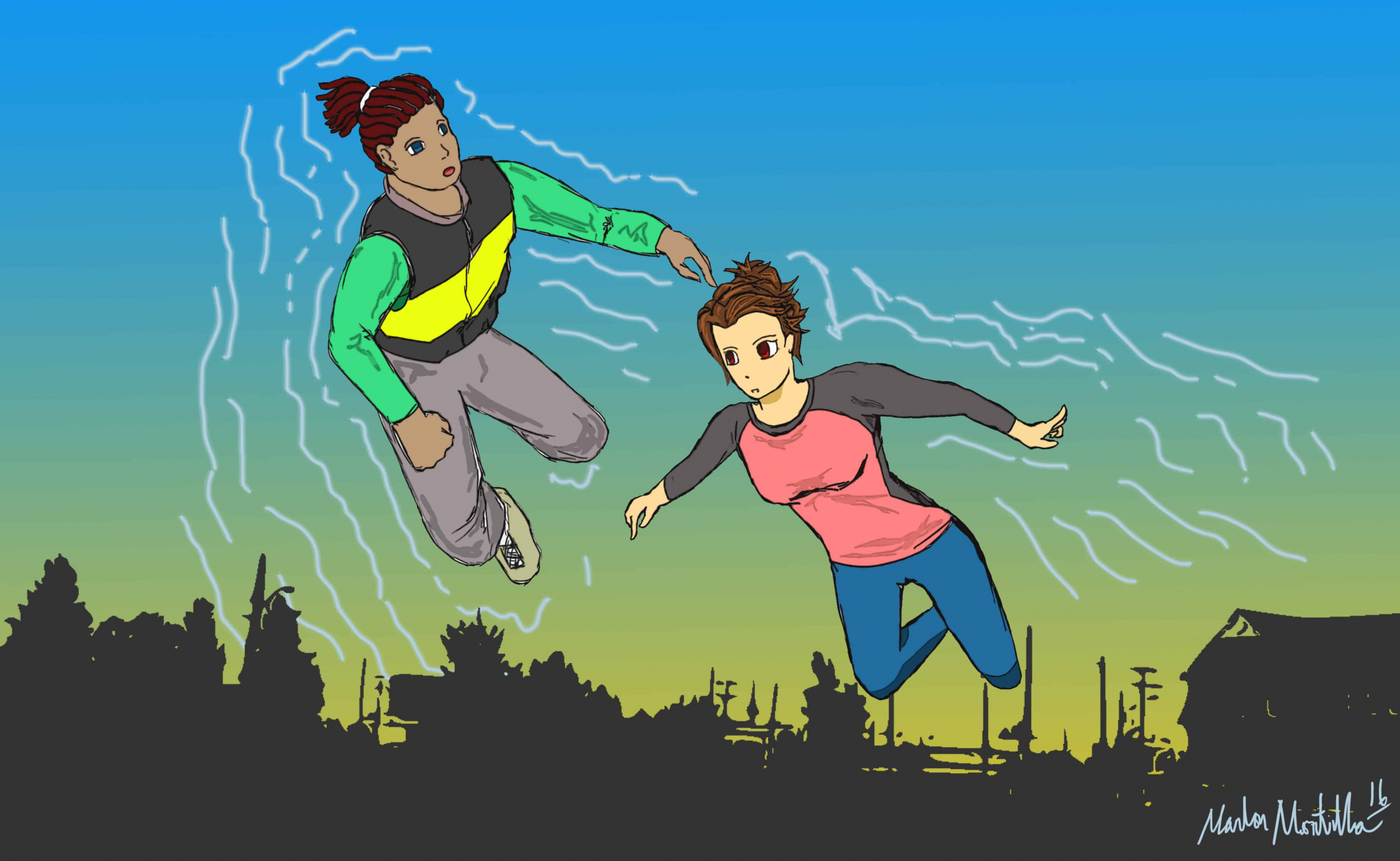Dr. Sam Maglio, Assistant Professor of Marketing at UTSC, and Cherrie Kwok, undergraduate student, have recently delved into the science behind the curious yet universally familiar sensation: the return trip effect.
The phenomenon dictates that outbound trips away from home or other strongly familiar places feel longer than inbound trips with home as the final destination, even if that is physically not the case.
Maglio hypothesized that the uncertainty and ambiguity associated with outbound trips is the culprit behind this effect and sought to investigate it. “The return trip phenomenon has a lot to it, a lot of moving parts that cause outbound trips to feel longer than inbound trips. Your trip home ends sooner because what counts as being home might include being on your street, or getting off of the highway at your exit,” Maglio explained.
Three studies were designed to look into this effect. The first involved asking online subjects sorted in two groups to envision a trip to a friend-hosted party at a favourite restaurant. The two groups were respectively informed that they either knew or did not know information about the event; for example, the food served or the people attending.
In the second study, subjects watched a seven-minute video made by the researchers depicting a car trip in first person. One group was told to imagine that the trip is from school to home, where an unknown lady was awaiting them. The second group was told to imagine that the lady was their aunt.
The final study directed the recruited subjects to a room only to be then escorted by the researchers to a second room where they were expected to complete a mundane ‘pseudo-test.’ One group was aware of the task awaiting them, while the other group was oblivious.
In all three studies, the subjects were protected from ‘time telling’ cues, and were later asked to report the time their ‘envisioned’ or ‘actual’ trips took. The groups expecting undefined circumstances — a surprise party, a strange lady, and a mystery test — reported the journeys to be longer than the other groups.
During a pilot study, the researchers interestingly noted that subjects with predictable domestic lives experienced the return trip effect more strongly. Maglio thinks that this suggests that uncertainty doesn’t just impact time perception of single-shot trips, but it also seems to have an effect at a recurring, everyday level.
“I think that the most big-picture contribution here is showcasing that our perception of time is impacted by a wider array of factors than previously understood,” Maglio said. He also emphasized that his study’s methodology differed from commonly adopted methods in the field of time perception: “In most of the research… you expose people to something in the present moment, like looking at a happy face or listening to an annoying sound, and then ask them how long that present moment felt. Here, we weren’t really doing anything to the present but, instead, were creating variation in the future.”
Maglio believes that any kind of time, not just travel time, should respond similarly to uncertainty. “Say your favorite season is fall, and you really want to savor every day of this perfectly pleasant fall week before the weather starts to get colder. Buy a lottery ticket for next week’s drawing. The $2 might be a small price to pay for building some uncertainty into your life in a way that should make time slow down, even if just a little bit.”
He also expressed that what we know about time perception should be actively incorporated into the marketing strategies of companies, namely surprise in-store promotions. “This uncertainty may drive more traffic to the store… But, based on our results, we’d predict a potentially negative side-effect: The trip to the store for the promotion would probably feel long. So the next time a customer is debating whether to go back, they might just go to a smaller shop around the corner because the last trip is remembered as being especially long.
In the future, the team hopes to explore the effect of uncertainty on risk-taking behaviour and recollection of past events. They also aim to investigate whether these responses can be tracked by looking at heart rate changes, or even attributed to particular biological processes.


